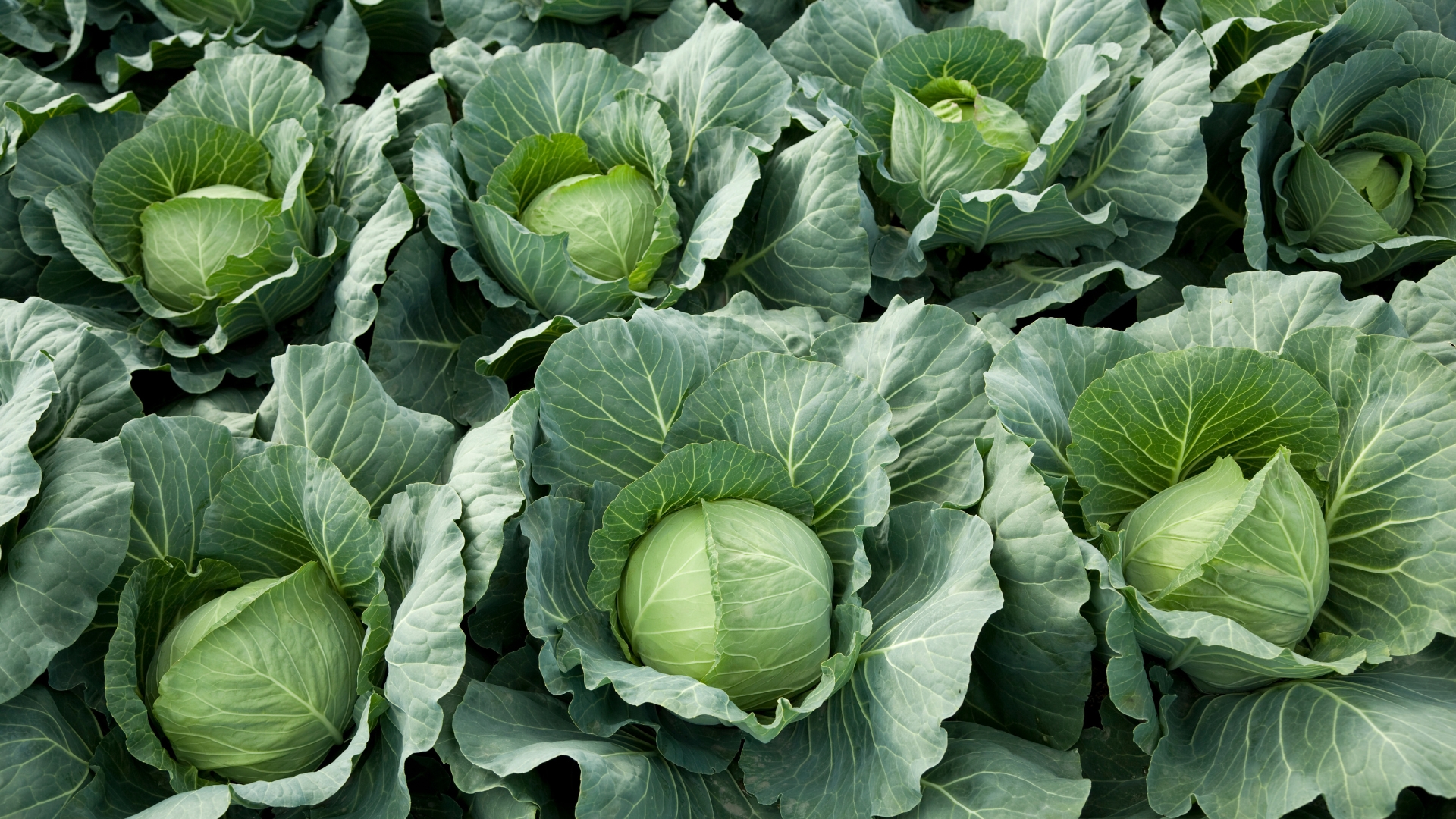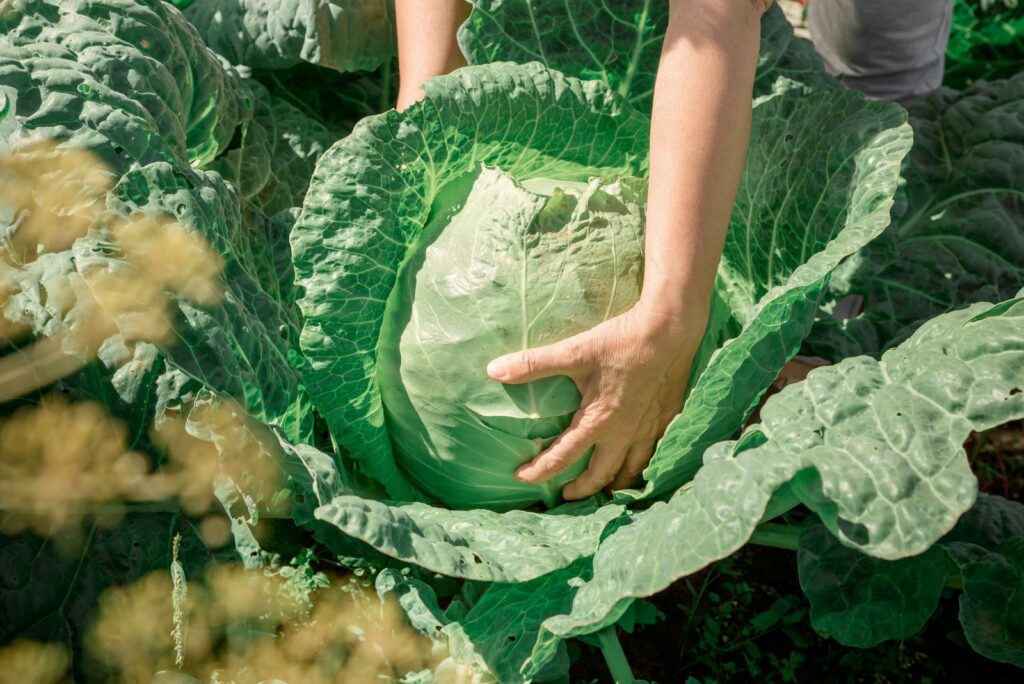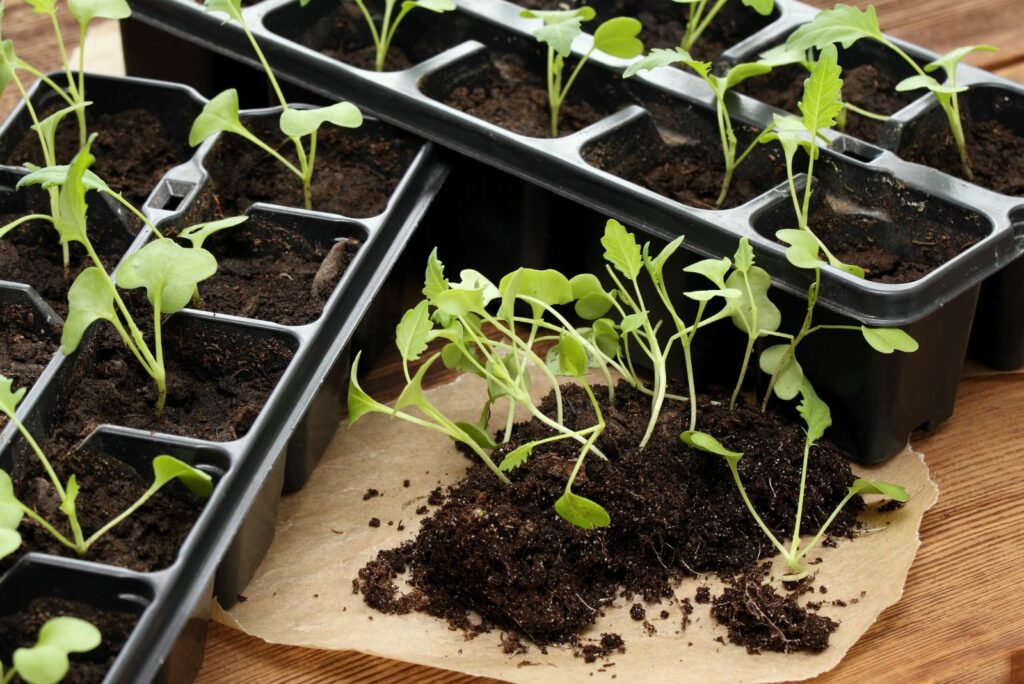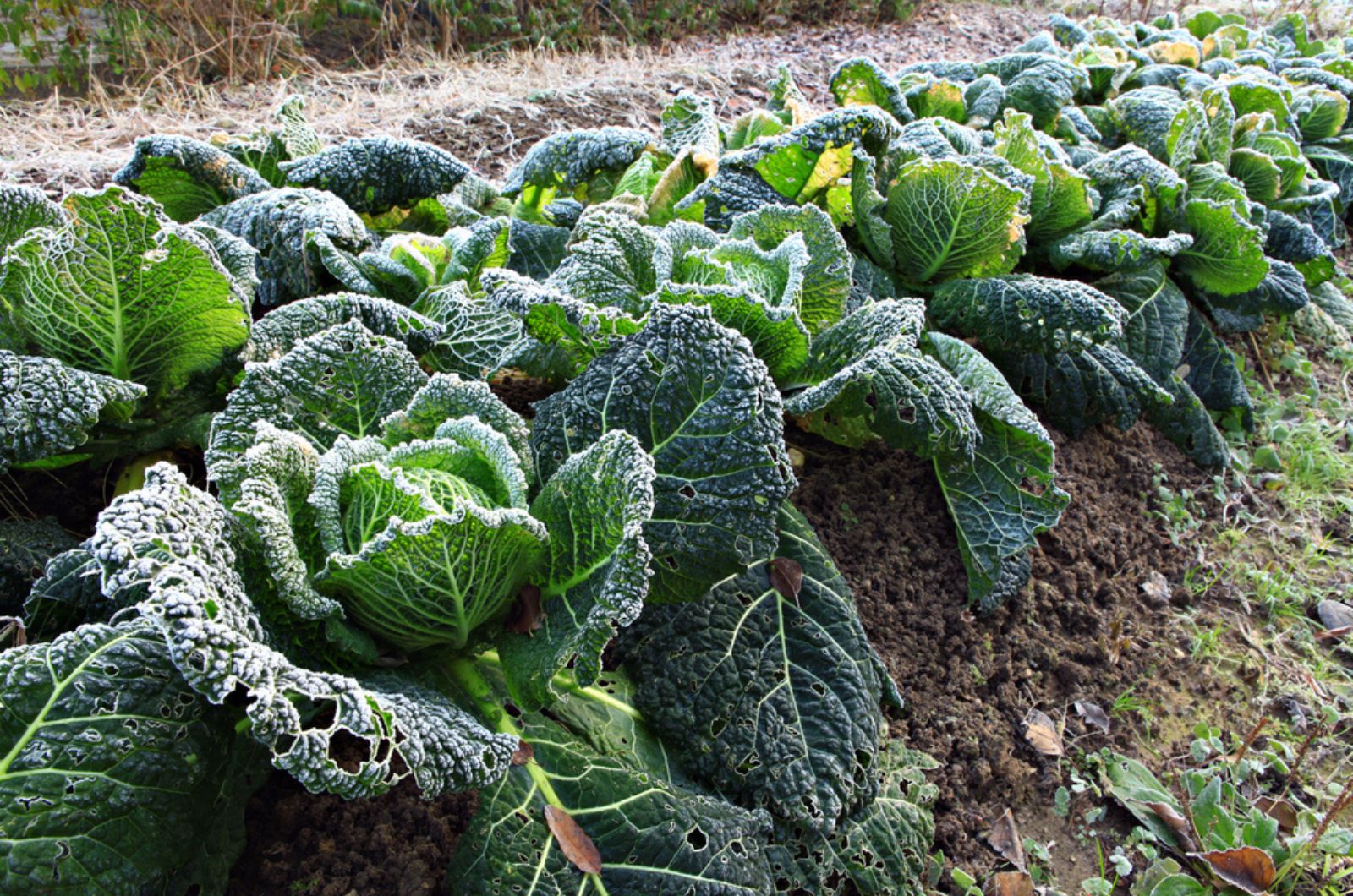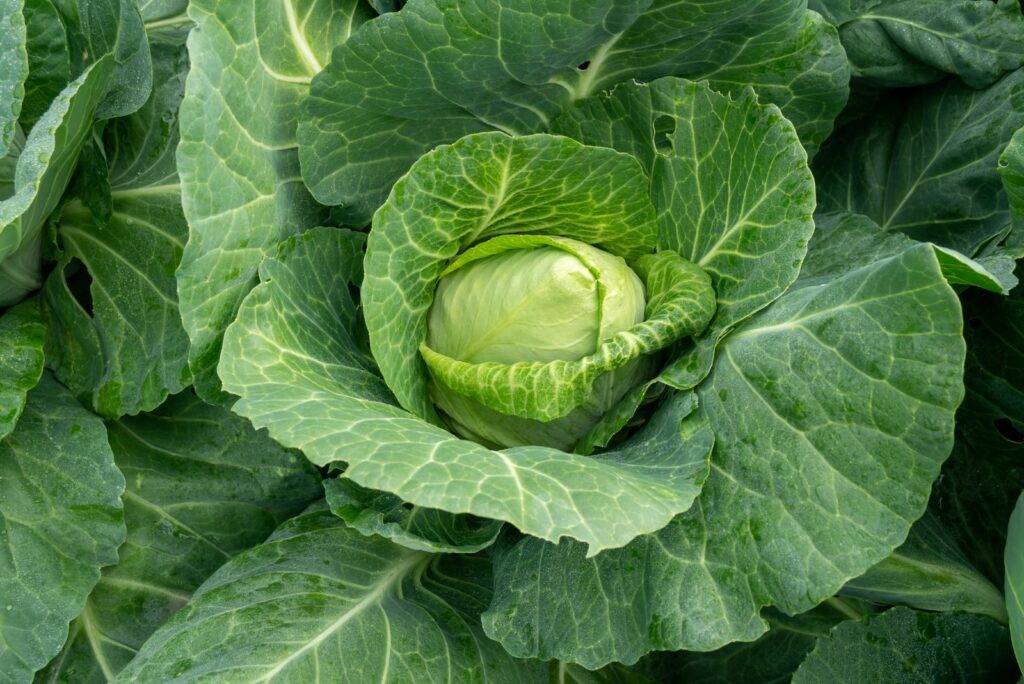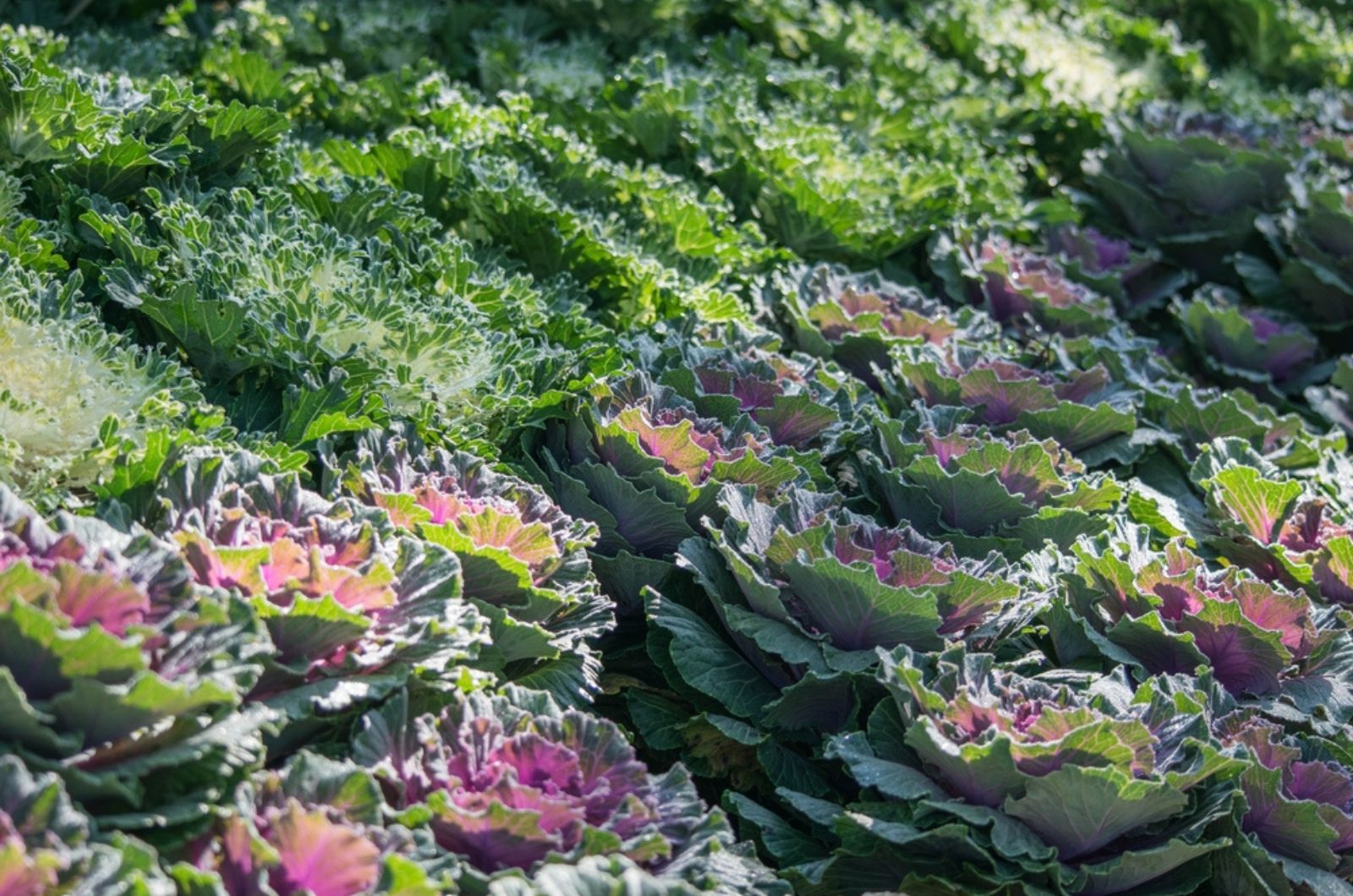Are you one of those people who absolutely adore cabbage? Well, me too. But you already know that the flavor of homegrown cabbage is incomparable to store-bought.
If you are thinking of planting cabbage this year, I have nothing to say except it’s a brilliant idea. However, you need to be very careful about the right timing for putting these veggies in the soil. Wrong planting time leads to a poor harvest, and that’s the last thing you want.
So where’s the catch? The timing actually depends on the type of cabbage you want to grow and the estimated harvest date. Yes, there are cabbages for every season!
Trust me, you don’t want to plant warm-weather cabbage in winter. I didn’t have any crops to pick that year. I’m not exaggerating when I say that now I check which variety I have five times before planting!
Of course, I don’t want the same thing to happen to you! I’ll show you when to plant each type of cabbage and reveal my secret for happy and healthy plants!
Everything Starts With Planning!
No matter how many times I say this, I feel it isn’t enough: gardening is all about planning. So before purchasing cabbage seeds or transplants, you should answer one simple question:
When do you want to harvest your cabbage?
As mentioned, different types of cabbage produce crops at different seasons. Now, based on your answer, check the ideal planting time:
1. Heat-Tolerant Summer Cabbage
If you want to have refreshing cabbage salad in the heat of the summer, you’ll need to select types resistant to high temperatures. Luckily, the manufacturers were kind enough to give us precise info about the variety, including its hardiness.
For these cabbages, the best planting time is in early spring if you’re starting them indoors. Alternatively, use a mini greenhouse or a heated propagator.
Gradually harden off the seedlings and plant them in the ground once the danger of frost ends!
If you’re purchasing young plants from garden centers, plant them directly in the ground when the soil temperatures rise. For most US regions, this is in mid-spring.
2. Fall Cabbage
For the classic fall cabbage harvest, you also need to start early, but this time mid-spring and late spring work better.
The sowing process is similar; start the seeds indoors but transplant them a few weeks after the last frost date.
Last year, I started the seeds in May and I thought I was late. Fortunately, the Florida summer had mercy on me and I got a great harvest in September.
3. Planting Winter Cabbage Varieties
It’s pretty uncommon to harvest crops during cold winter days. But remember that cabbage is nothing like other veggies!
Winter varieties don’t mind low temperatures but they need a long growing season. This is why we start the seeds indoors in late spring.
For young transplants, wait until early summer and then plant them directly in the ground.
4. Super Resistant Savoy
And here’s my favorite type of cabbage, good old Savoy! It’s not just about its mild taste but its incredible tolerance to various weather conditions.
The planting time is the same as for the winter types; late spring for seeds and early spring for transplants.
But why Savoy and not winter cabbage? The first reason is definitely the hardiness, but the second one is the longer harvesting season. You’ll have some crinkled leaves to harvest even in early spring!
5. Early Ripening Spring Cabbage
If, for some reason, you don’t plant your cabbage in spring or early summer, you can still do it in the fall.
When purchasing the seeds or transplants, make sure the label for harvest time says mid-spring.
Seeds or transplants will develop throughout the winter and be ready for harvest as soon as the soil temperatures rise!
And For A Year-Round Harvest, Do This
Experienced gardeners will probably call me Captain Obvious for this one but I’m sure it’ll help first time cabbage growers.
Planting more types of cabbages in the same site means you’ll have crops to harvest all year long.
All you need to do is sow new seeds every few weeks, paying attention to the type of cabbage. We call this succession planting and cabbage is the perfect plant for it!
And This Is How I Grow Healthy And Happy Cabbages
What kind of cabbage grower would I be if I didn’t share some tried-and-true growing tips?
These always work:
• Plant your cabbage in a sunny spot: When I say sunny, I mean at least 6 hours of direct sunlight per day.
• Make sure the soil is fertile: Your cabbage will grow healthily only if you provide it with lots of nutrients. Compost is always my choice for increasing soil fertility!
• Keep the soil pH between 6.5 and 6.8: These veggies are pretty susceptible to clubroot disease. The easiest way to prevent it is to stick to this pH range.
• Use the crop rotation method: Never plant your cabbage in the same spot because it increases the sensitivity to clubroot disease. And never grow it near other Brassicas!
• Don’t forget companion planting: Cabbage is a friendly plant and gets along well with alliums, such as garlic, onion, and chives. They’ll ensure protection from notorious cabbage loopers and aphids.
• Plant your cabbage deep: Last, but not least, make sure the seeds or transplants are deep enough because cabbage heads are large and heavy and they need a robust foundation!
Eager to begin your cabbage journey? Or perhaps we should label it the ultimate cabbage success! I hope you get a bountiful harvest!

